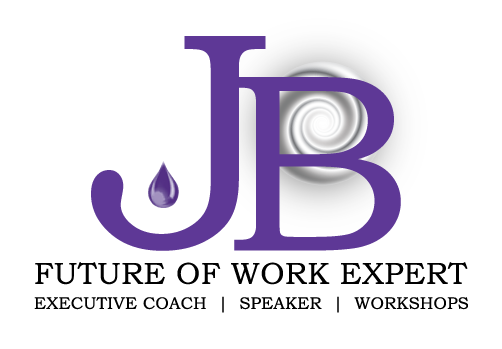Career Planning, Change, Corporate, Innovation, Leadership
Impact of monitoring technologies and mental health.
Many organisations are ploughing unprecedented investments into purchasing products to analyse and monitor every aspect of people’s actions and behaviours in the workplace.
Workforce Productivity
Big data is enabling big money to be made. Companies are making big promises that their products will improve workforce productivity.
This may indeed be true, however, is there enough research to support such promises?
When companies are evaluating purchasing of evaluation of surveillance tools to monitor employees, are they considering the impact of an employee’s mental health?
We assume that goldfish swimming around a glass fish bowl isn’t emotionally affected by their environment. They are constantly observed with know where to hide. Can we make the same assumptions that when humans are under constant observation they are not emotionally affected as well?
Emotional Impact
One in five Australian workers took time off work in the last twelve months because they felt stressed, anxious, depressed, or mentally unhealthy according to the ABS. Mental health is clearly a growing issue affecting many employees.
As a society, do we have any understanding of the correlations between new technologies monitoring employee productivity and mental health? For example, could people being on high alert about performance measures experience an increased anxiety level? Can we be reassured that our well-being is being considered when technologies are being created or implemented?
Current trends indicate a continued increase in the analysis and monitoring of employee’s activities and productivity. It currently takes many forms. Some are as simple as managing keystrokes, while others are as sophisticated as asking employees to wear badges with infra ray sensors to measure how effective their face to face interactions with people are.
New Technology Pros and Cons
Walmart recently secured a patent on an audio sensor system that can listen to sounds in the check-out lane. This technology analyses conversations between customers and cashiers to evaluate employee performance. This could be a great opportunity for people to improve communication skills however, if not managed well, it has the potential to create anxiety and fear.
The Chinese have created brain wave monitoring technology where workers wear hats with sensors to identify their emotional state. It proposes to spot anger and anxiety and other emotions which affect employee performance. The questions are what is the impact of wearing the technology and what are they going to do with the information when they get it?
Other technologies are more subtle. Can you imagine arriving at an interview and having to fill out an instrument that identifies if you have enough, or appropriate, contacts to add value to the company? That your networks, otherwise known as your social capital, could be considered as a criterion for getting or maintaining a job.
Adapting to Technology
Humans have an amazing ability to adapt. If monitoring becomes the norm, people may not even notice it exists. It may not be an issue, but do we know, particularly as mental health issues are on the increase? Organisations have a duty of care to evaluate the potential effects of introducing these technologies and the accumulated effects as more instruments are introduced to monitor employees including evaluating productivity.
Cost of Managing Mental Health
If the impact on mental health is not considered, the cost of introducing the technologies may be of little consequence to the overall cost of managing mental health issues in the workplace. It is something that needs to be considered.

